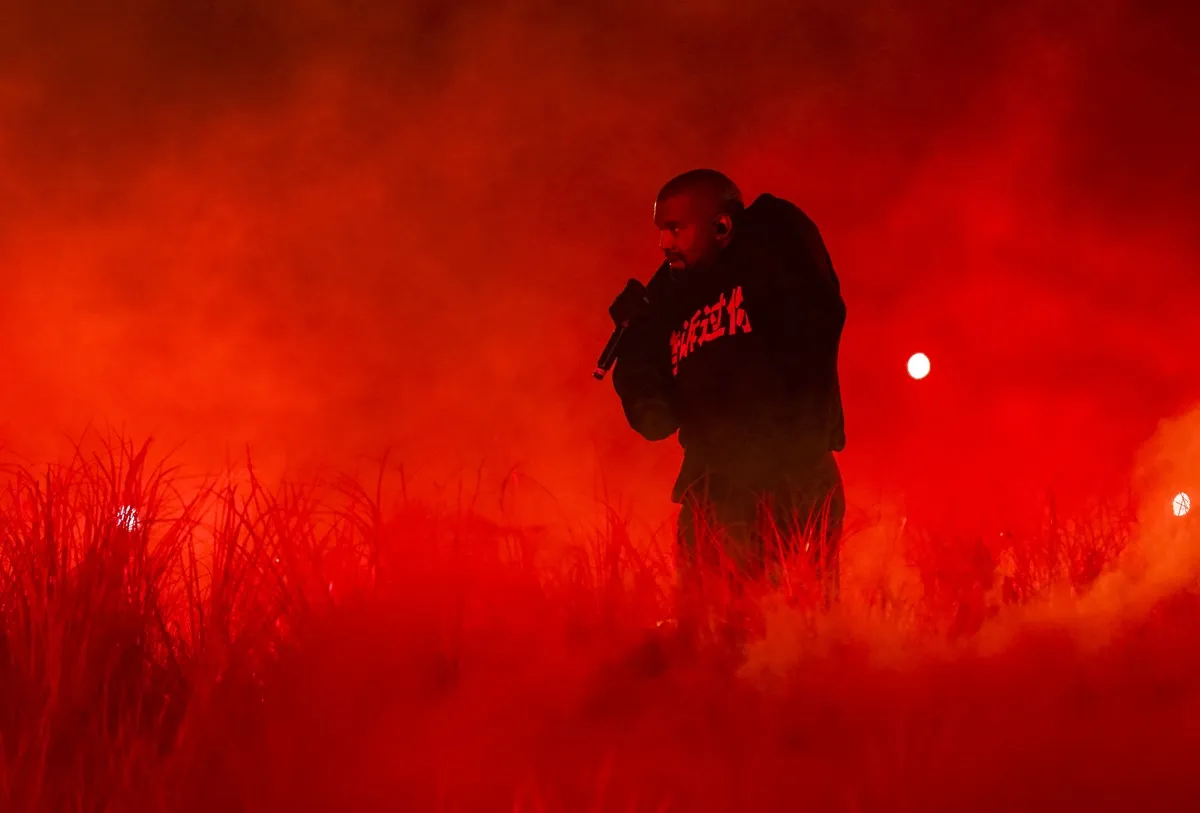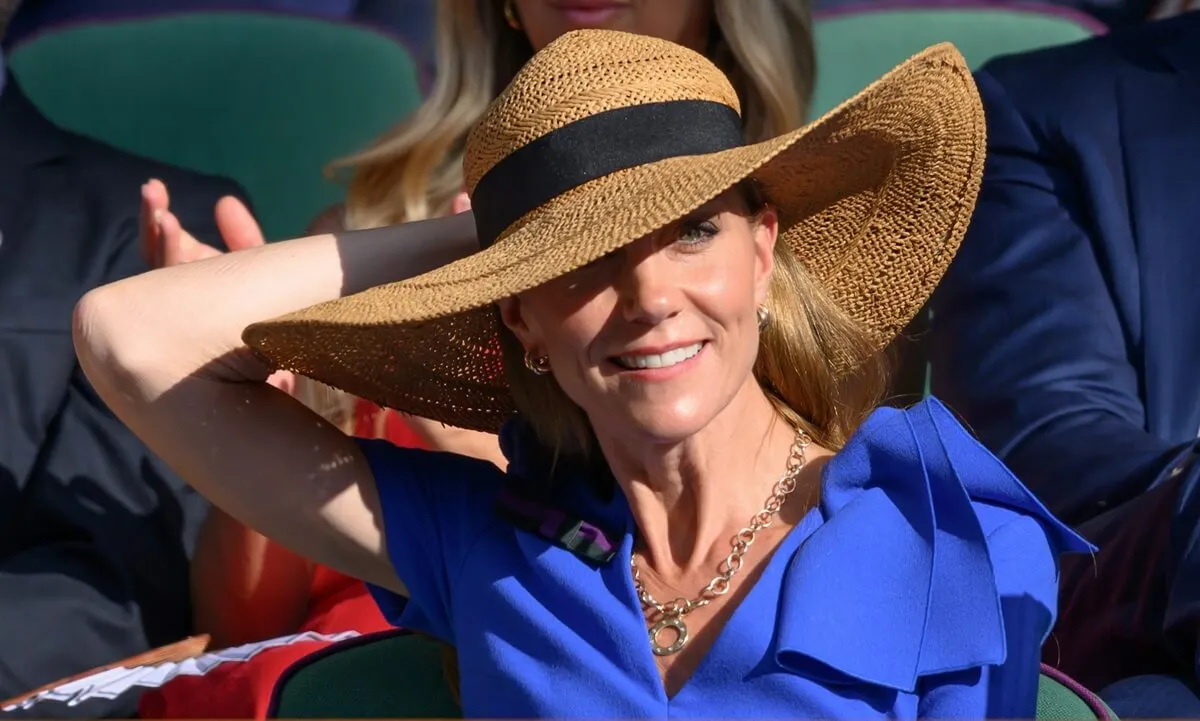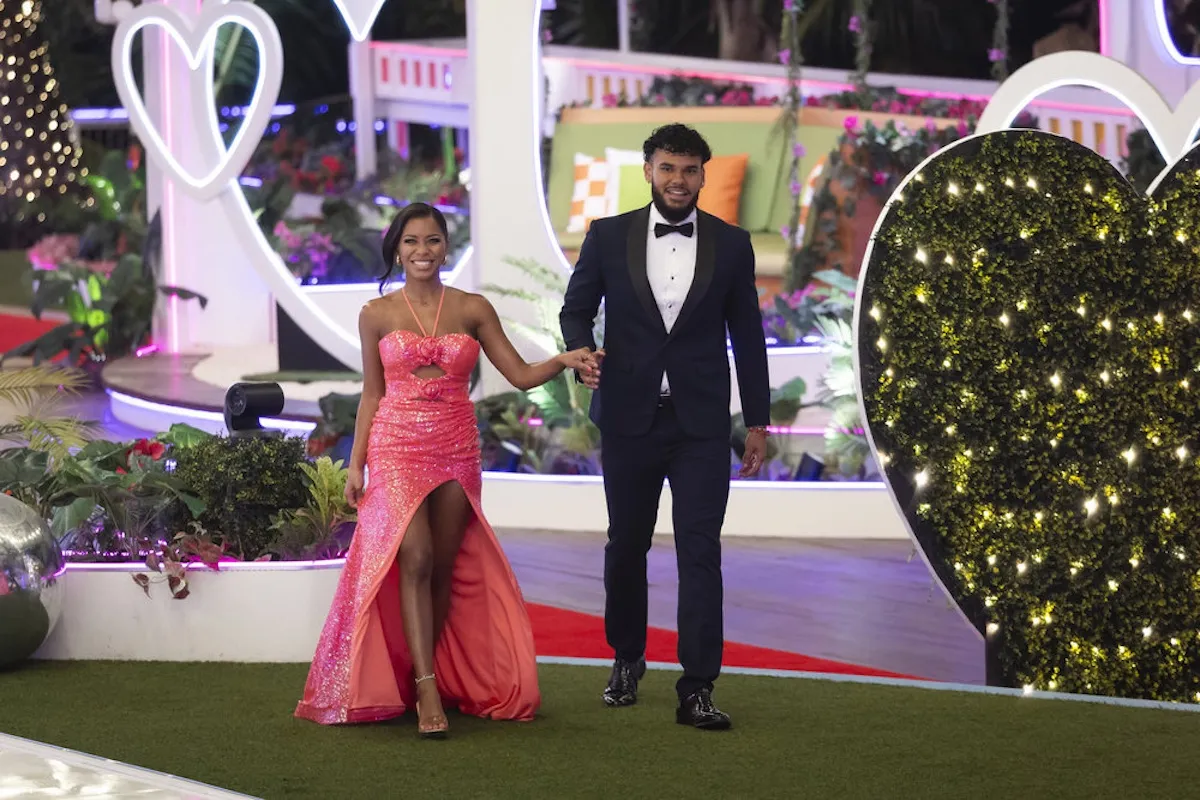The No. 1 Beatles Song John and Paul Recorded Without George or Ringo
By early 1969, The Beatles had already started going their separate ways. In January of that year, the contentious Let It Be sessions exposed the many animosities between the band members. Before they’d put a dent in the album, George Harrison walked out with plans to quit the group for good.
George’s problems with Paul McCartney ended up on film for all to see in the Let It Be documentary. But that was only part of the story. George and John Lennon reportedly got into a fistfight during these sessions as well. And Ringo remained weary following his own walkout the previous summer.
With John and Yoko set to be married in March ’69, The Beatles didn’t seem built to last. Yet they wouldn’t go out without releasing many more classic songs. “I’ve Got a Feeling,” the last great collaboration between John and Paul, was among them.
In between the Let It Be and Abbey Road sessions, John found himself with a great wedding story to tell but only Paul around to help him record it. So he and Paul knocked it out on their own. Soon after, it became the final Beatles No. 1 hit in England.
‘The Ballad of John and Yoko’ went on record as pure Lennon-McCartney.
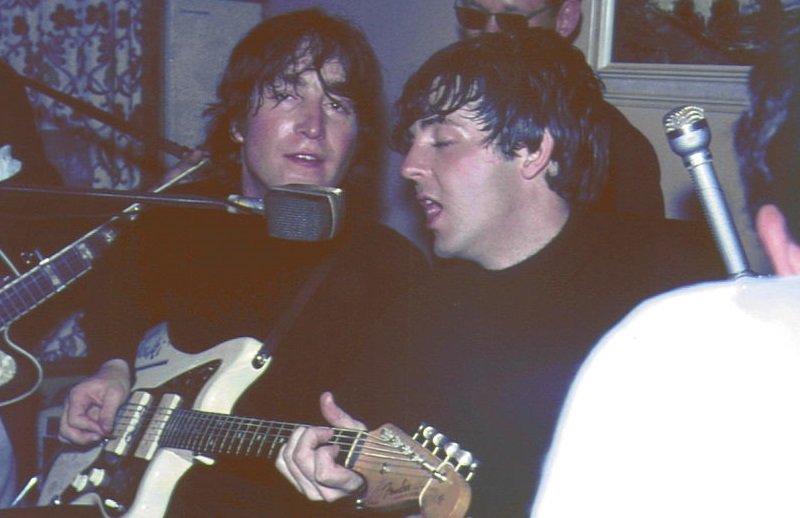
In March ’69, John married Yoko in an event scrutinized by Beatles fans and press everywhere. Hoping to turn that into an advantage, the couple holed up in the Amsterdam Hilton for a one-week “bed-in” promoting world peace. That happened in the last days of the month and into April.
The places, events, and treatment by the media all went into “The Ballad of John and Yoko,” which John wrote right after their wedding. When he got back to London, he was ready to record his new tune. However, George (visiting family) and Ringo (filming a movie) weren’t in town.
That didn’t discourage John, who found Paul at home and ready to get to work. According to The Beatles Bible, the two old bandmates had a working version of the song ready to go shortly after they met up at Paul’s house.
Later that day in the studio, John handled guitar and vocal duties. Paul played his customary bass while adding a piano part and filling in for Ringo on drums. It was the old Lennon-McCartney magic, and the song was ready for the presses just after nightfall that same evening.
The track hit No. 1 despite the censorship of John’s lyrics.
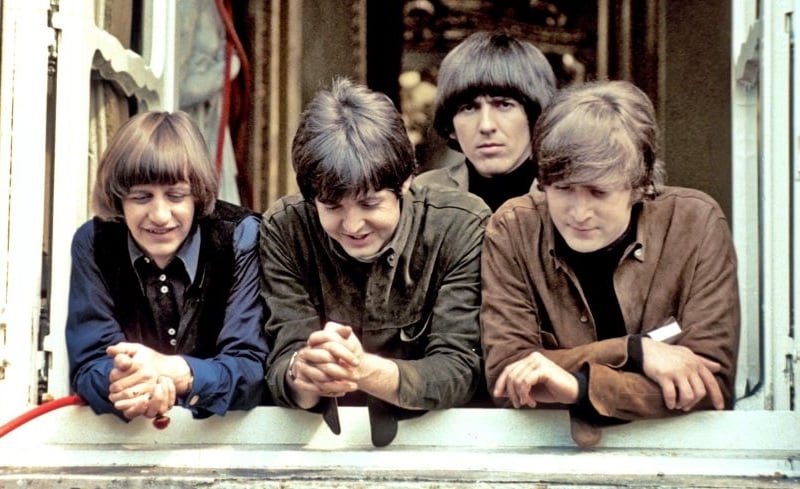
John and Paul were joined by longtime producer George Martin and engineer Geoff Emerick that day. After the debacle that was the recording of The White Album the previous summer, that seems like a bit of good fortune.
Obviously, it wouldn’t have been possible had Paul not been so proficient at drums (or John at lead guitar). According to stories from the studio, both joked about the absence of their bandmates. At one point, John called Paul “Ringo” and Paul answered by calling him “George.”
Even though they recorded “The Ballad of John and Yoko” in a single afternoon, it’s remained one of the late, great Beatles classics. In fact, when the band released it in the UK later that year, it became their last No. 1 single in England.
That success came despite some censorship for the track’s lyrics. According to The Beatles Bible, several radio stations refused to play the song due to John’s use of “Christ” in the chorus and the lyric, “they’re gonna crucify me.”
Apparently, there were enough fans and record stations to nullify the impact of any bans. In the U.S., “The Ballad of John Yoko” peaked at No. 8 that July. Collectors can find it on the album of singles titled Hey Jude.
Also see:What Caused Paul McCartney’s Meltdown During the ‘White Album’ Sessions
